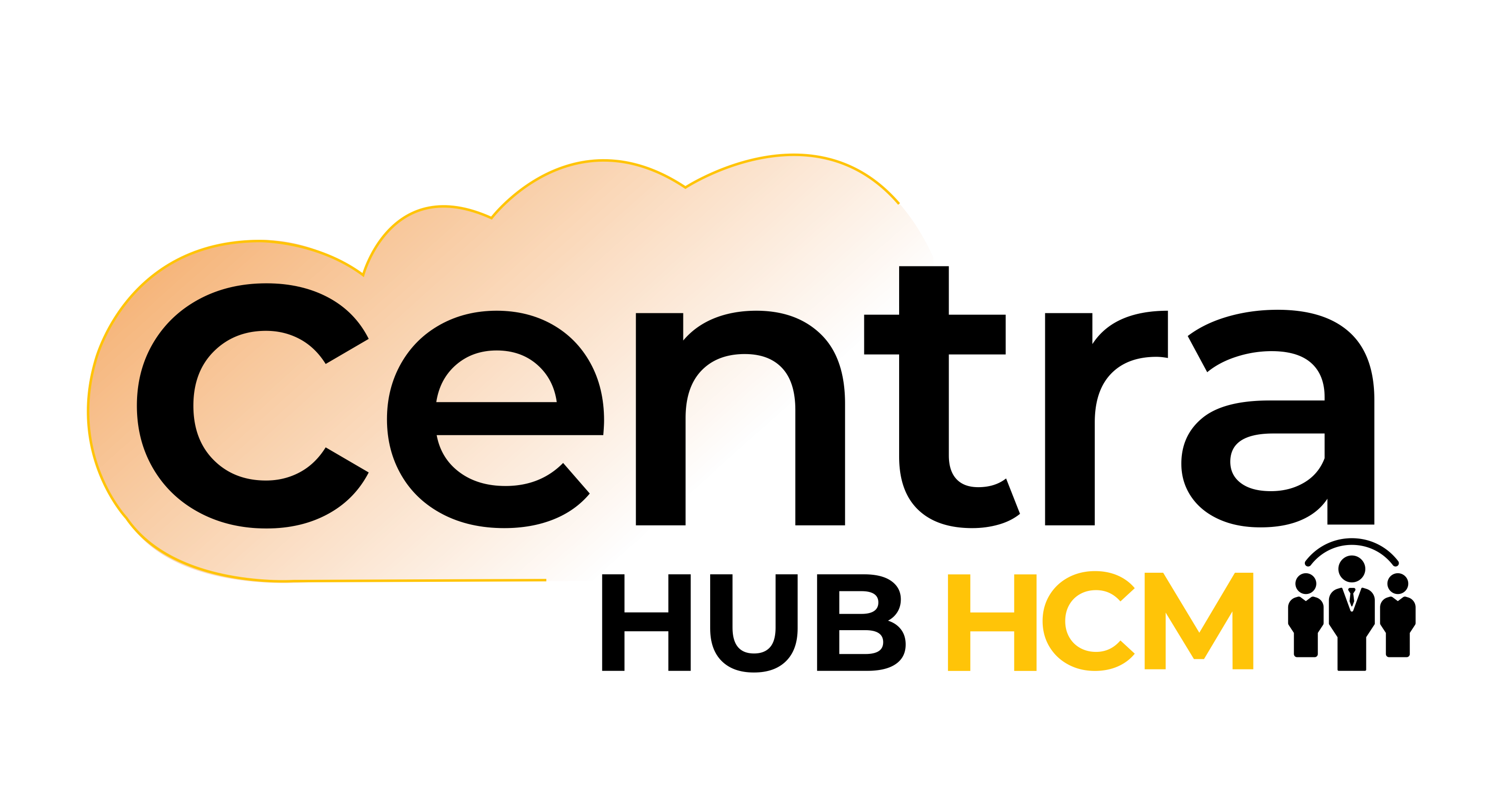Evolution of E-invoicing
The evolution of e-invoicing can be traced back to its early days to reduce paper waste and streamline invoice processing. Today, it has evolved into a sophisticated system integrating various business processes. This evolution has been driven by the need for more efficient and accurate billing processes and technological advancements.
With the implementation of mandatory e-invoicing in Malaysia, businesses will need to adapt to the new system. The Inland Revenue Board of Malaysia (IRB) will be responsible for implementing e-invoicing, partially by developing pilot systems and projects with selected taxpayers.
The Industry Trends
E-invoicing is growing, with many countries adopting it to improve the efficiency of their tax administration management. In Malaysia, e-invoicing is expected to enhance the quality of services, reduce compliance costs to taxpayers, and increase the efficiency of business operations. However, the e-invoicing implementation also brings about a set of challenges, which businesses need to be prepared to adapt to the changes that come with it.
Challenges Businesses Face
The implementation of e-invoicing brings about a set of challenges that businesses need to overcome. Some of the challenges include:
Technology integration
Businesses need to integrate their existing systems with the new e-invoicing system to ensure the adopting of seamless workflows for diverse transaction types, sorting B2B/B2C invoices, and managing data archiving and reconciliation complexities are critical hurdles in achieving effective and efficient e-invoicing processes. This obliges a significant investment in technology and resources.
Change management
The implementation of e-invoicing requires a change in business practices and processes, training staff, and fostering a digital culture requires careful planning. Overcoming resistance to change can be challenging for businesses that prefer traditional over modern billing methods.
Compliance
Ensuring compliance is a critical part of e-invoicing implementation. Businesses are adapting to varying regulations, so adhering to specific data and formatting standards and aligning with tax laws are essential to avoid legal issues and ensure seamless cross-border transactions.

Adaptive Strategies to Master Challenges
Overcoming challenges of e-invoicing implementation and adaptation requires planning adaptive strategies and execution for efficient data flow and minimum disruptions.
Technology Integration Excellence
Start by selecting an e-invoicing solution that seamlessly integrates with existing systems and streamlined processes. A robust integration ensures smooth data flow and minimal disruption to ongoing operations. Prioritize solutions that are adaptable and scalable, accommodating future technological advancements.
Change Management and Training
Acknowledge the human aspect of change. Create a comprehensive change management strategy with clear communication, workshops, training sessions, and ongoing support. Address employee concerns and highlight the benefits of e-invoicing to drive buy-in and enthusiasm among staff members.
Compliance as a Pillar
Stay abreast of the evolving regulatory landscape. E-invoicing compliance requirements may vary across industries. Work with legal and compliance professionals to ensure adherence to tax laws and invoicing standards. Utilize e-invoicing platforms with automated compliance checks to minimize errors and non-compliance risks.
Leveraging Automation and Data Insights
Embrace the power of automation to streamline invoicing workflows. Implement AI-driven solutions for data extraction, validation, and electronic signatures. These technologies enhance accuracy, reduce manual effort, and accelerate invoice processing times.
Conclusion
Mastering e-invoicing adoption challenges requires a comprehensive approach encompassing technology, people, compliance, and collaboration. By strategically addressing these facets, businesses can navigate the complexities of e-invoicing and unlock its transformative potential for enhanced efficiency and growth. Fill in the form to learn more from our expert consultants.







